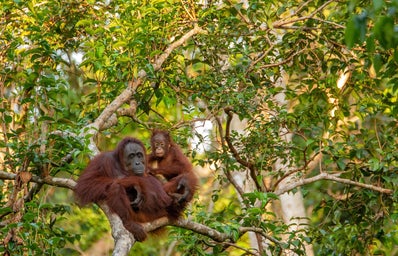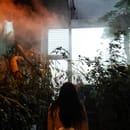Since 2020, the pandemic has brought human movement to a standstill, as quarantine and travel bans went into effect, forcing people to recede into their homes. This rapid absence of people has caused an unlikely effect on nature, which has been widely perceived and spread as a glimpse of optimism in such bleak times. There has been a surge of news around the world reporting wildlife returning to the scene, often in places that were previously occupied by human bustle. Images of rare animals wandering in urban spaces have gained widespread attention online, going viral on Instagram and Tik Tok to the point where fake news also widely circulated.
These stories, while sounding hopeful as if indicating the revival of nature, raise troubling connotations on the coexistence between humans and wildlife. Referred to as the recently coined term anthropause (period of reduced human mobility), this sudden halt in human activity by the pandemic has given rise to news of wildlife returning, often to urban areas. Other times they are rare, endangered species. One case is the bears that appeared in Macchu Picchu, Peru after the decrease of tourists. Classified as a “vulnerable” species, spectacled bears were seen wandering the tourist hotspot that now experienced the absence of tourism; a rare sight considering that these bears are not only few in numbers but also naturally fearful of humans. Up to this point, stories such as this one appear to incite hope, symbolic of healing in a grim era brimming with struggles against a disease and preexisting environmental problems.
But there is a forgotten drawback to these stories: what would happen if the pandemic came to an end? Logically, these sightings occurred with humans taken off from the streets, as well as the halt of human motion, including traffic. Then, the opposite must be true. Though there is still more research to be done in this field, it is very likely that these animals, despite slowly settling back, will be pushed back into hiding as human activity resumes. Disappointing, isn’t it? This seemingly hopeful trend or possibility of wildlife easing into the scene may be short-lived; illustrating the need to confront human impact on wildlife.
Along with cheery stories of animals coming back, there have also been cases where the absence of humans has adversely affected wildlife. Thailand has witnessed mobs of monkeys fighting on the streets over food with the decline of tourism. Multiple videos show swarms of monkeys on the streets; the ensuing ruckus forcing locals to undergo a double lockdown. Used to being fed by tourists, the monkeys illustrated what would happen when habituated animals were suddenly left to fend for themselves. The pandemic has also taken a toll on the pigeons of Europe which, much like the monkeys of Thailand, risked starvation as the humans who fed them stayed at home. Urban animals are not the only ones affected, as the absence of humans could potentially put endangered species at increased risk of poaching or persecution. In an unlikely turn, quarantine has brought to light the responsibility humans are burdened once they form a relationship with wild animals. Or in other words, the question on the extent of wildlife depending on humans.
Thus, the pandemic has lead to two contrasting conditions where wildlife either benefits from the absence of humans or suffers from it. In such an unprecedented time, it is difficult to determine the course of these trends and how they will be affected if human activity resumed. Whether positive of negative, this recent trend of new behavior exhibited by wildlife reveal the ever-complicating challenge of maintaining balance amid urbanization and industrialization.


